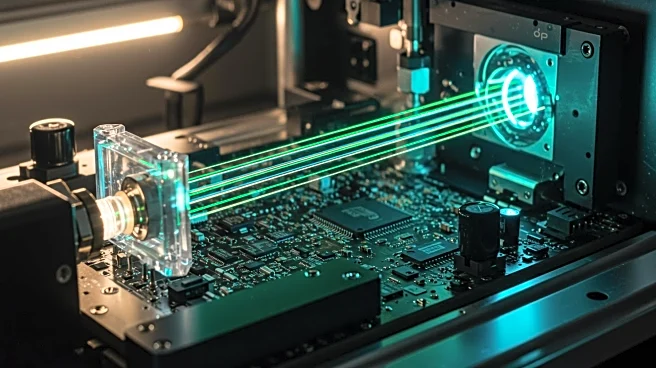Rapid Read • 8 min read
Recent advancements in laser power stabilization have been achieved through the use of conservation laws in acoustic optic modulators (AOM). The experimental setup involves a semiconductor laser and a photoelectric control system, where laser power is regulated using a frequency regulator and a non-polarized beam splitter (NPBS). The system utilizes a PID control algorithm to adjust the diffraction beam power dynamically, ensuring stable optical paths and components. The research highlights the sensitivity of diffraction efficiency to temperature fluctuations, which is managed using a TEC cooling plate and an NTC thermistor. The study demonstrates the relationship between diffraction beam power and sampling beam power, proving the conservation law experimentally.
AD
This development in laser power stabilization is significant for fields requiring precise laser applications, such as optical communications and scientific research. By achieving stable laser power, the technology can enhance the accuracy and reliability of experiments and devices that depend on laser systems. The ability to control laser power with high precision can lead to advancements in various industries, including telecommunications, medical imaging, and manufacturing. The research also provides insights into managing temperature-sensitive components, which is crucial for maintaining system stability and performance.
Further research and development could focus on optimizing the control algorithms and exploring additional applications of this technology in other fields. The integration of this stabilization method into commercial laser systems could improve their efficiency and expand their use in industrial applications. Researchers may also investigate the scalability of this approach for larger systems or different types of lasers, potentially leading to new innovations in laser technology.
The ethical implications of this technology could involve considerations of its use in surveillance or military applications, where precise laser systems are often employed. Additionally, the environmental impact of manufacturing and disposing of laser components should be considered, as advancements in technology often lead to increased production and waste.
AD
More Stories You Might Enjoy











